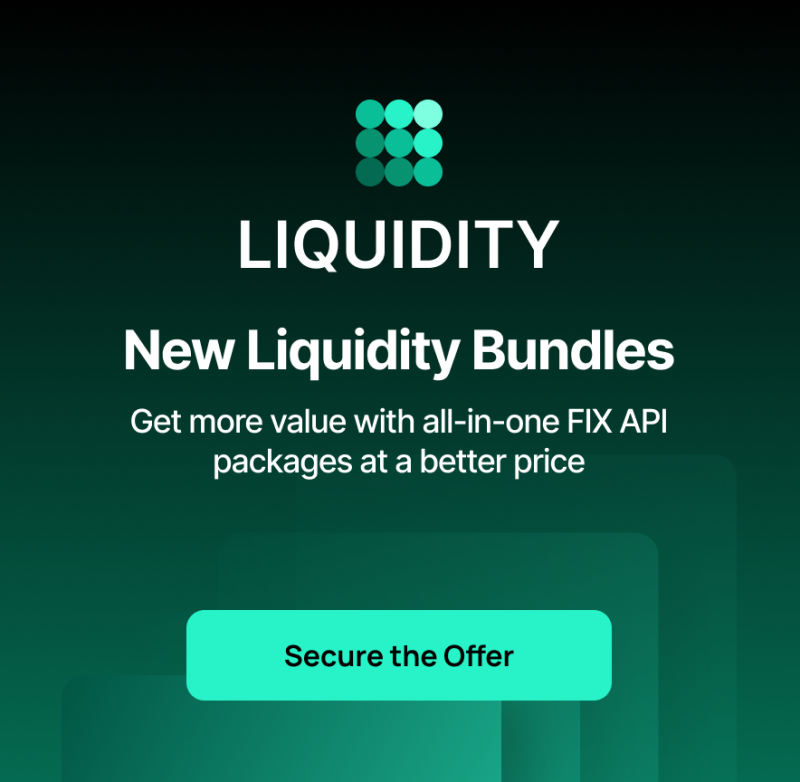Bank of America Works on Preventing Expected Bond Losses in Q3
Sep 29, 2023

Bank of America is set to face further challenges in the third quarter of this year, with its significant bond losses poised to expand due to a sharp increase in market interest rates.
BofA has been grappling with these losses, which stood at a staggering $105.8 billion on a $614 billion portfolio of mainly agency mortgage securities at the close of the second quarter. The situation has raised concerns, and analysts estimate that these losses may have increased by $10 billion to $15 billion during the current quarter, assuming no major rate shifts in the final week.
To be specific, the primary driver behind Bank of America bond losses is the surge in market interest rates, particularly those of the 10-year Treasury yield, which rose by more than half a percentage point to approximately 4.5% during the current quarter. This increase in rates has resulted in a decline of approximately 3% in the value of agency mortgage securities, which constitute a significant portion of Bank of America’s portfolio. In the second quarter, the portfolio value already dropped by $7 billion due to a smaller rate rise.
It’s important to note that BofA’s losses are associated with a “held to maturity” portfolio, implying that these holdings are not intended for sale. As per current accounting rules, these losses are not necessarily reflected in the Bank of America Foundation. This differs from securities categorised as “available for sale,” where losses directly impact the bank’s capital reserves.
Bank of America works on boasting a colossal $3 trillion in total assets, highlighting the sheer magnitude of its operations. However, the losses incurred in Bank of America’s held-to-maturity portfolio are substantial, far surpassing those experienced by its competitors. In fact, these losses amount to more than half of the bank’s $184 billion in tangible equity recorded in the second quarter.
Bank of America is set to unveil its third-quarter results on October 17, shedding light on the specifics of its bond holdings and corresponding losses.
Bank of America’s bond losses have evidently weighed down its stock performance, with shares plummeting by 18% to $27.31 so far this year. This represents the weakest performance among its peers.
In contrast, JPMorgan Chase, an industry leader, holds $33 billion in losses as of the second quarter but has witnessed an 8.6% increase in its stock value, trading at around $145 in 2023. Wells Fargo, another major player in the banking sector, has experienced only a minor decline of 1%.
The question arises: why did Bank of America accumulate such a substantial portfolio of bonds during the historically low-rate environment of 2020 and 2021?
The bank’s decision was influenced by a significant influx of deposits during the pandemic when loan demand was weak. Additionally, it aimed to safeguard its net interest margin in case rates remained stagnant or decreased. However, rival JPMorgan adopted a different strategy, avoiding heavy investments in bonds to mitigate potential losses associated with rising interest rates.
Berkshire Hathaway CEO Warren Buffett, a major shareholder in Bank of America, criticised banks for investing heavily in mortgage securities during 2020 and 2021. These securities tend to lengthen in effective maturity when rates rise, making them a suboptimal choice, according to Buffett.
Bank of America executives maintain that the held-to-maturity portfolio, primarily comprising agency mortgage securities with minimal credit risk, will ultimately mature, and the losses will gradually dissipate. Principal payments amounting to approximately $10 billion per quarter support this assertion, and the portfolio boasts a weighted average life of around eight years. The bank contends that its vast, low-cost deposit franchise, totalling nearly $2 trillion, becomes more valuable as rates rise, counterbalancing the declining value of the bond portfolio.
Investors and analysts will closely watch Bank of America’s third-quarter results for insights into the extent of these losses and the bank’s strategy moving forward in this evolving financial landscape.




